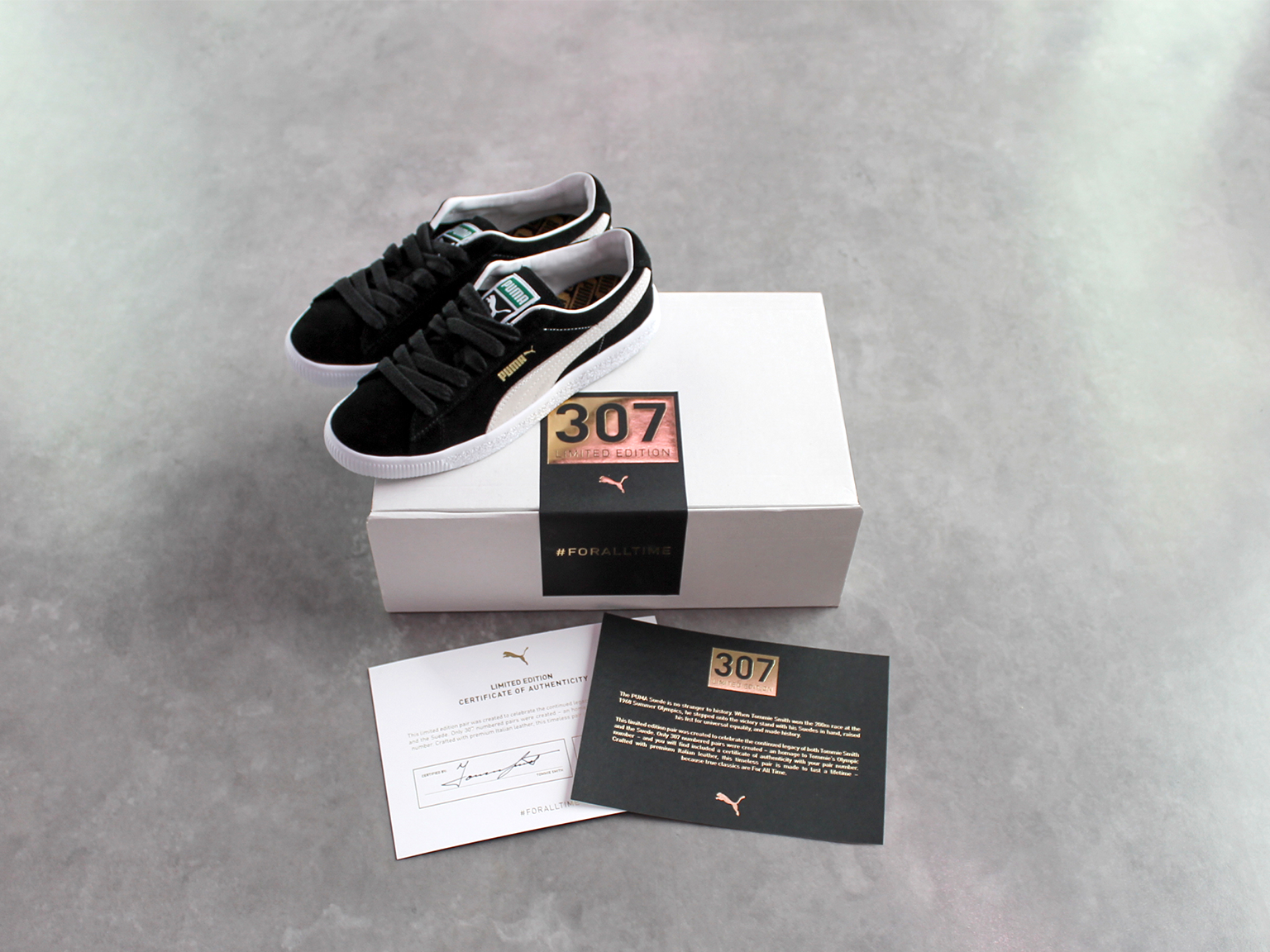History of suede

The SUEDE’s story has a lot of twists and turns, so lace up. Throughout its history, the SUEDE went through several name changes on its way to becoming a classic. Starting out as the PUMA CRACK, the shoe evolved into the CLYDE, PUMA STATES and finally its globally adopted name PUMA SUEDE.
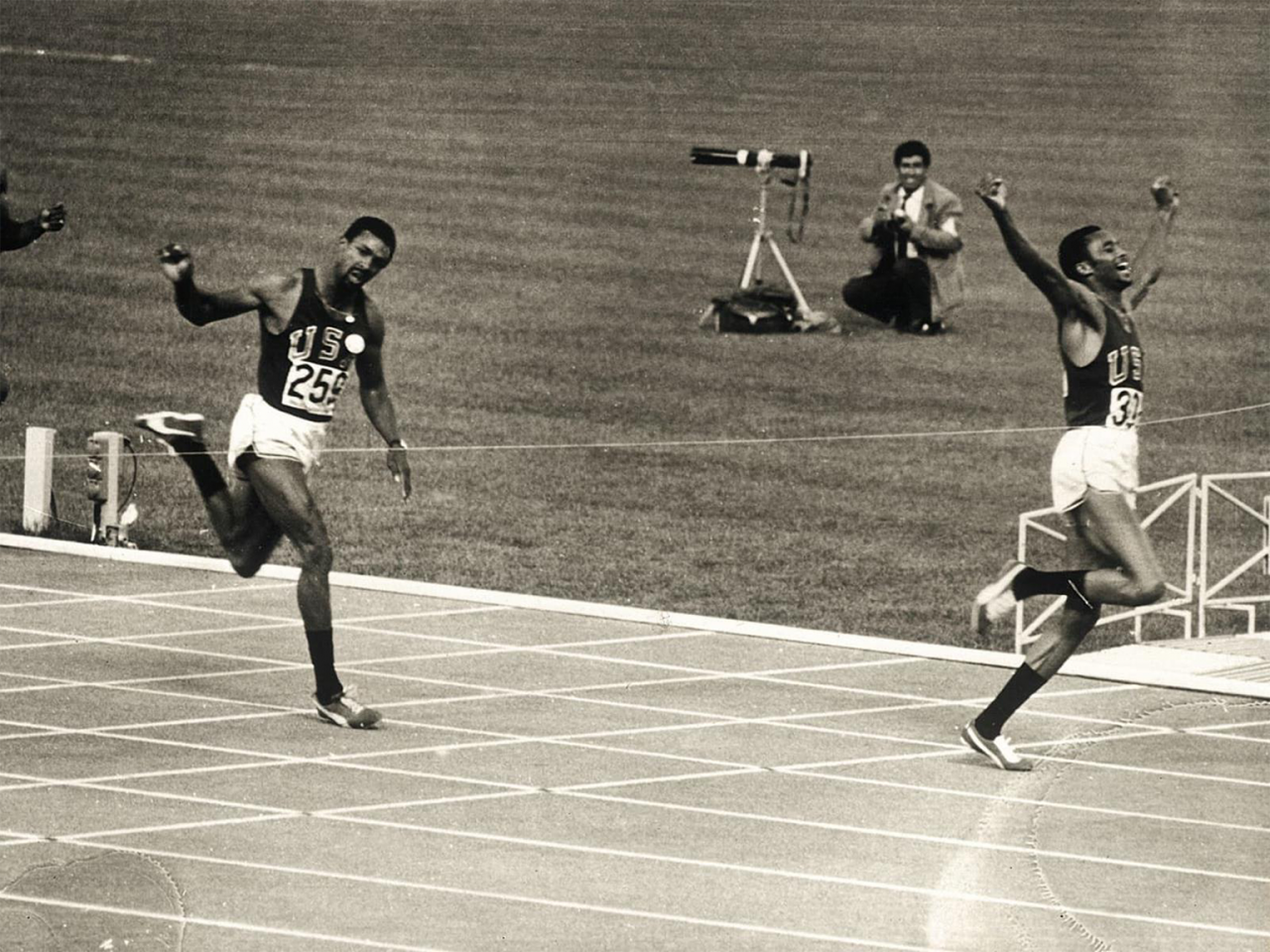
THE STORY STARTS IN 1968
Prior to 1968, the world had yet to adopt to wearing sneakers for leisure. This meant shoes were built for purpose and PUMA shoes were training shoes only. However, the world was changing and soon PUMA’s first “lifestyle” shoe, the “CRACK”, was launched in 1968 prior to the Olympics in Mexico.

WHERE DID THE NAME “CRACK” COME FROM?
The name “CRACK” derives from the term for a very skilful person. Like many other words, “CRACK” became fashionable during the 50s-70s, and was used to describe the best of a kind – such as the best player of a sport. One of the highest possible rewards was to be named the “CRACK” of one’s team. Transferring this connotation onto the shoe perfectly highlights the actuality and superiority of the shoe.
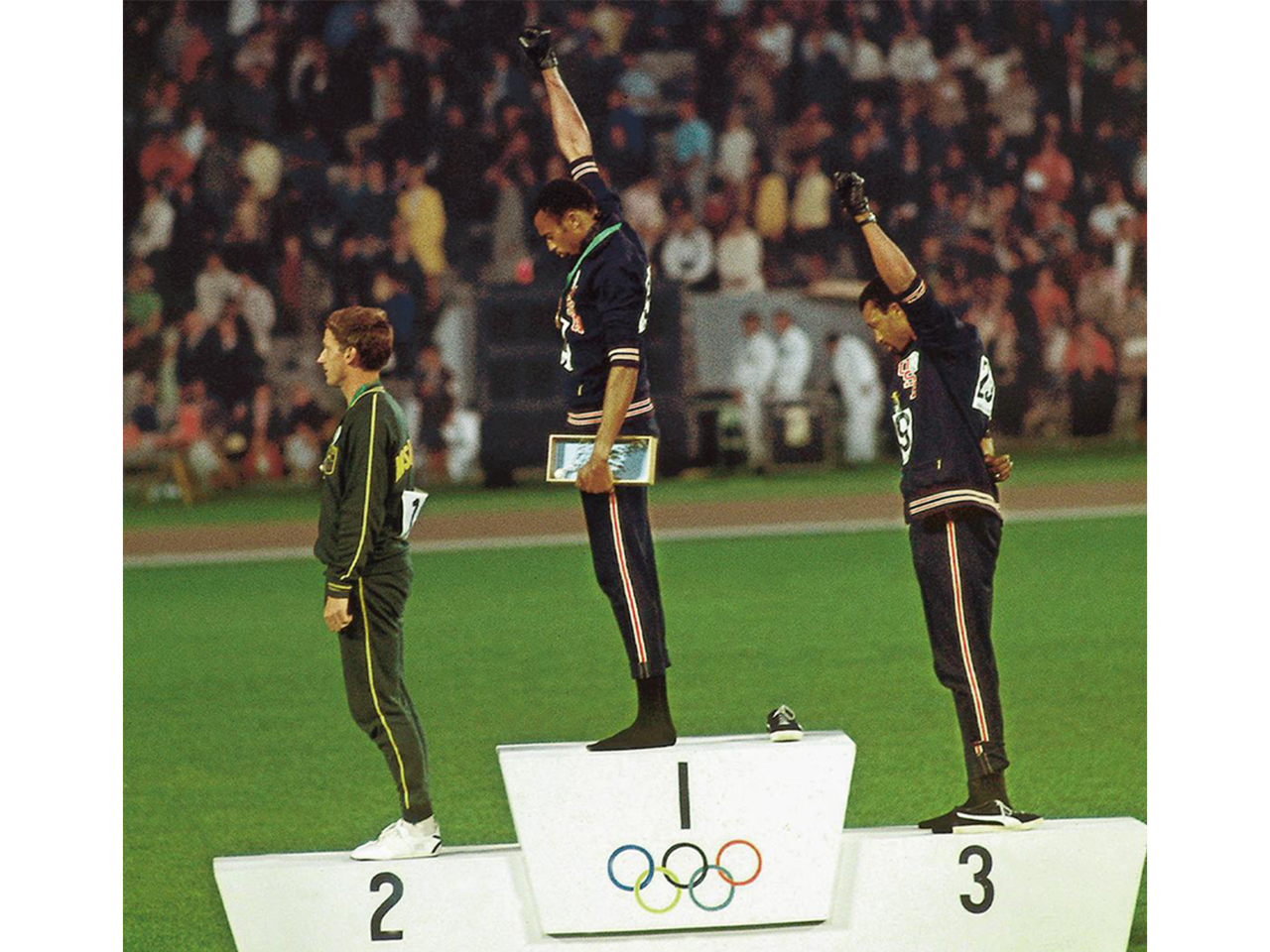
MEXICO 1968
During the Olympic Games, athletes wore CRACK on the podium and during their free time. The first CRACK was launched in a blue and white colourway. Another color combination was black and white, which was worn by Tommie Smith and other athletes during the podium ceremony. A new sole was specially developed for the CRACK that was also suitable for basketball. The use of SUEDE leather enabled the easier integration of colour elements.
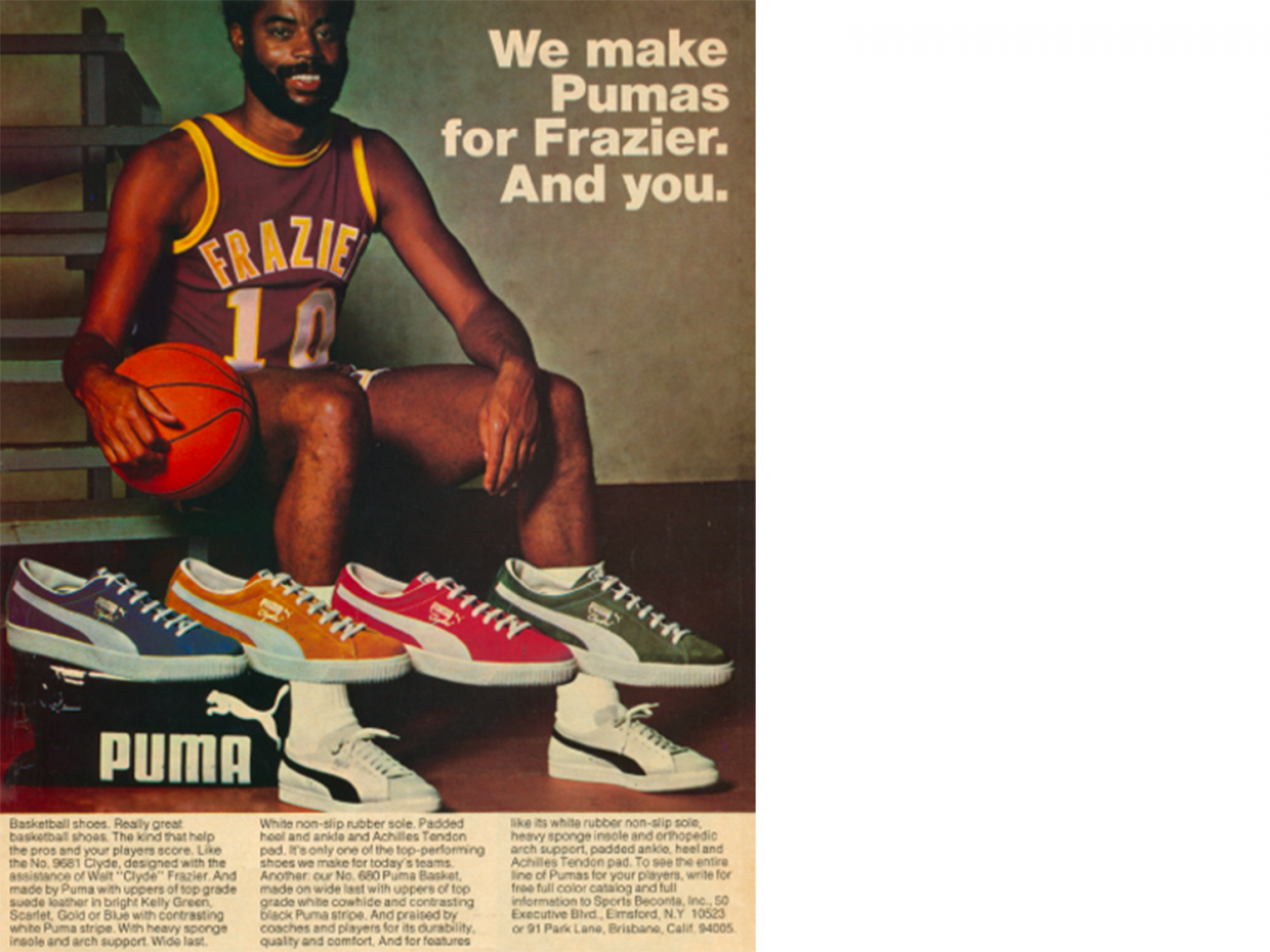
1970: ALONG CAME CLYDE AND SUEDE
When Clyde arrived on the scene, he made his presence known on and off the court. In 1971, PUMA signed an endorsement agreement with basketball star Walt “Clyde” Frazier. He wanted a low shoe style to play in, with a new colourway for every game. It is alleged over 390 colours were used! Because of this, the shoe was made out of SUEDE leather so it was easier to dye. With his name emblazoned across the shoe, the “CRACK” therefore became known as the “CLYDE”.
At the time, Frazier had a contract with a US distributor and the “CLYDE” was therefore only available in the US until the end of the 1970s. Once the contract with Frazier ended, the shoe was included in PUMA’s international collection with a new name. PUMA did not have rights to the name “CLYDE”, and thus the name “SUEDE” was born.

1980: HERE COMES THE BREAK
When rap, breakdancing, graffiti, and turntablism came together to form the groundbreaking new genre that was hip-hop, the PUMA SUEDE appeared to have been subconsciously designed decades prior with the aesthetic requirements of its devotees in mind. Internationally renowned b-boy crews and hip-hop zeitgeists the New York City Breakers and Rocksteady Crew quickly adopted the PUMA SUEDE as their very own professional model, swearing by its perfectly malleable outsole and infinitely accommodating SUEDE upper.
With break-dancers unofficially promoting PUMA through unconventional channels considered unreachable by lesser footwear manufacturers looking to capitalise on that market, PUMA SUEDE’s marriage with hip-hop became the final element in solidifying its status as a certified ‘street’ shoe.
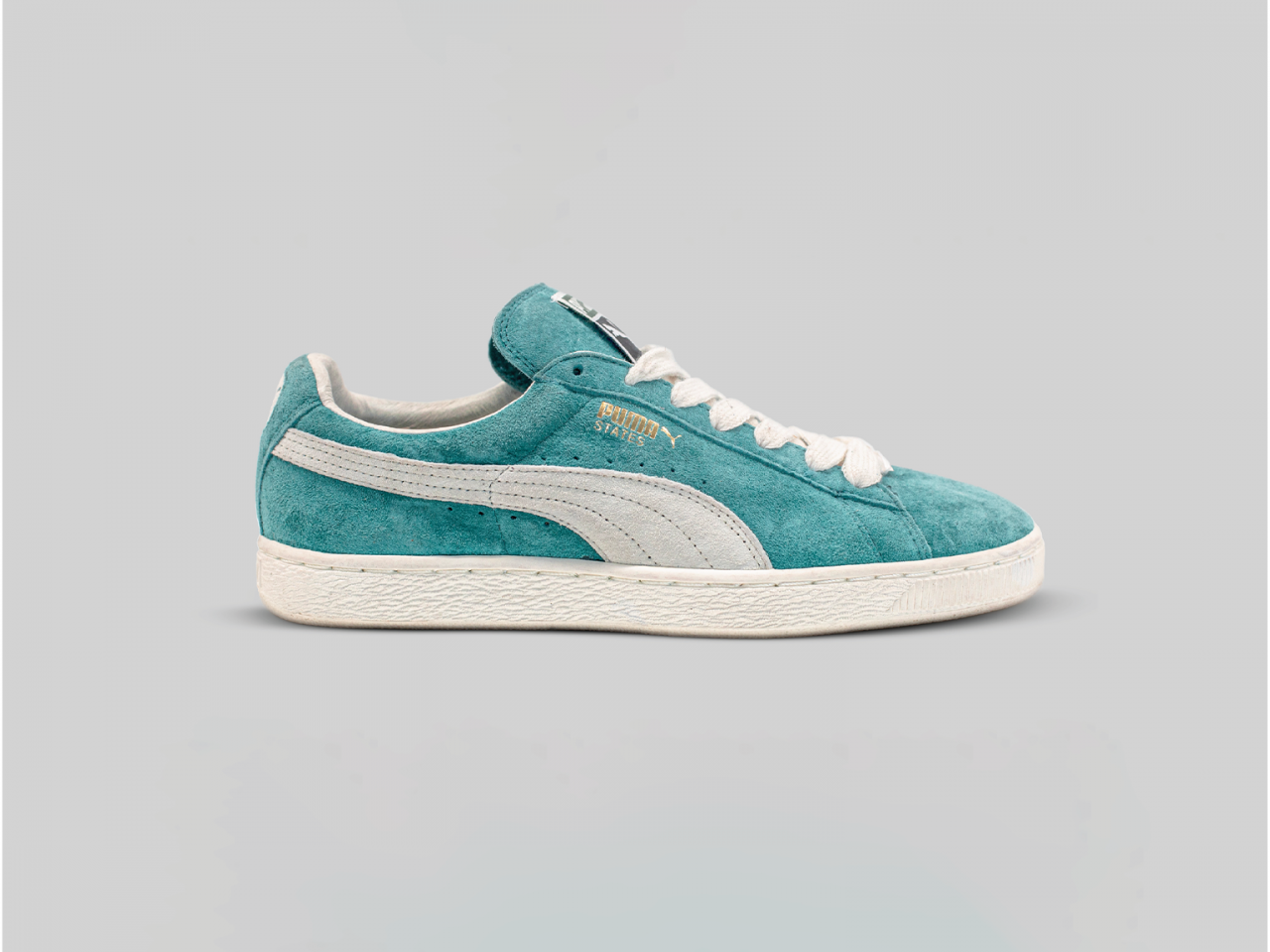
THE STATES, IN THE UK
At the beginning of the 1990s, PUMA UK renamed the SUEDE in their market to “STATES”. Initially, the shoe was not sold in Britain: the shoe was hard to find, but its status amongst the NYC hip-hop community made it a hot commodity that people started to ship over to the UK. When the shoe finally arrived to be sold, it was believed SUEDE was not an appropriate name for a shoe. Rather, they linked the origin of the shoe to the hip-hop scene in the US and therefore renamed the shoe “STATES”.
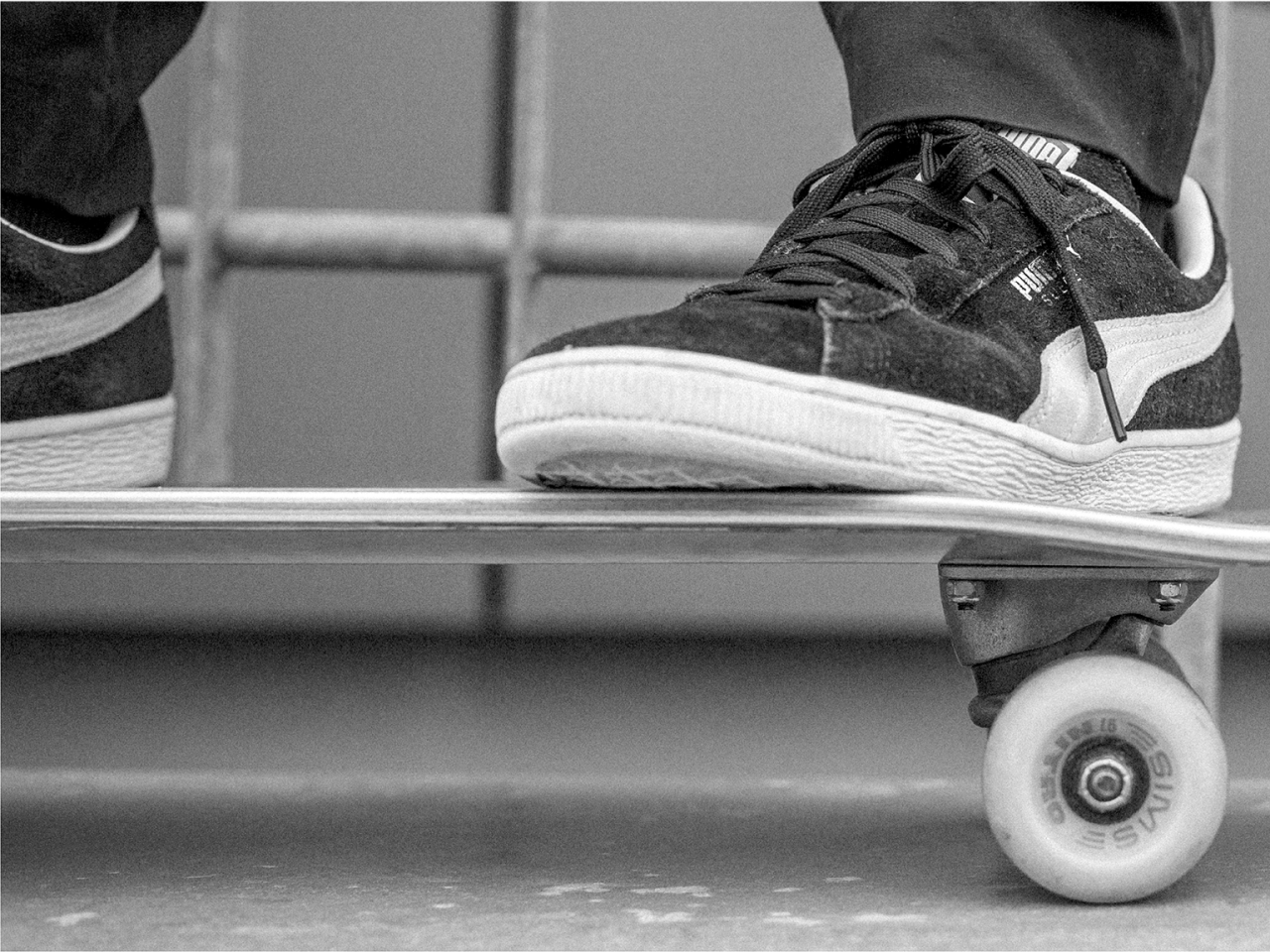
SKATEBOARD CULTURE
In the late ‘80s, another widely adored subculture was also reborn: skateboarding. Looking to separate itself from the bulky pads and sweat-drenched helmets bound to its surfing roots, skateboarding – with a newfound hip-hop influence – took to the streets. With this change came a demand for a more durable, versatile and comfortable skate shoe. Waiting to claim this place was the PUMA SUEDE’s compliant upper, sturdy midsole and unrestricted colour palette. Once again, the shoe casually strode into an integral era and was soon contributing to bailed kickflips and casper slides all over the world.

THE PUMA SUEDEʼS 50TH ANNIVERSARY
For the next 30 years, PUMA’s most iconic model remained relatively unchanged. That is not to say its classic formstrip and spacious panels have not undergone some changes. The PUMA SUEDE has dipped its roomy toe-box in a multitude of materials, including leather, canvas, hemp, snakeskin, wool and denim – all of which have complimented one of the most voluminous colourway libraries in footwear history.
For the 50th anniversary of the SUEDE in 2018, PUMA issues over 37 exclusive SUEDEs to celebrate the iconic shoe. These included joint designs with different partners from the world of fashion, music and culture as well as seasonal packs created by PUMA’s designers.

